“Artistry and Innovation in Young Adult Literature” by Wendy R. Williams
In this week’s YA Wednesday blog entry, I entertain the idea that in addition to being beneficial for youth, YA literature is also a formidable art form in its own right. Within this body of literature are strokes of genius and many surprises. Play and experimentation abound. In today’s entry I pause to appreciate some of the artistry and innovation in YA literature. I consider just a few of the texts that immerse readers into imaginative worlds, contain innovative text/typography, experiment with structure, or creatively employ images. In the comments section, please add your own examples of artistry and innovation in YA literature, so we can continue the conversation.
Imaginative World
Innovative Text/Typography
I’m hungry I need to eat.
I hate eating.
I need to eat.
I hate eating. (p. 145)
Experiments with Structure
Creative Visual Storytelling
Conclusion
Wendy's can be reached at: [email protected] and her faculty webpage is found at this link.
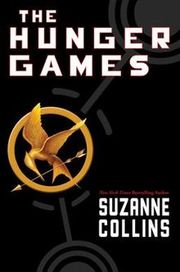
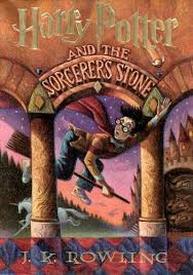
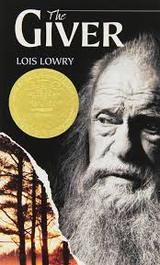
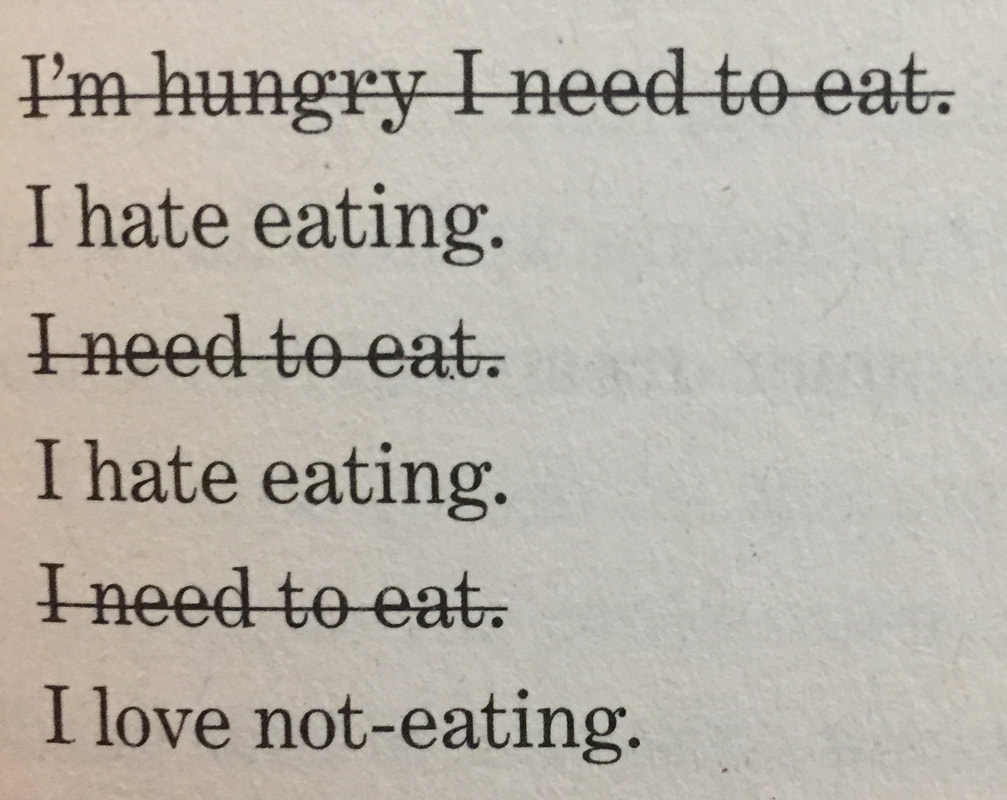
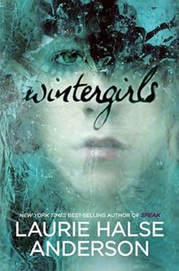
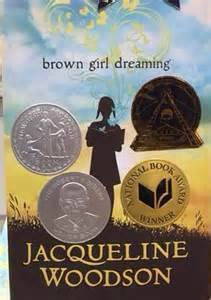
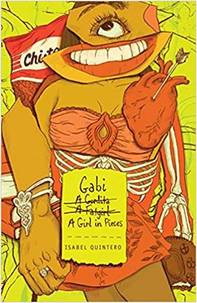
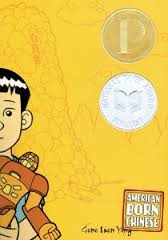
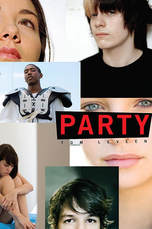
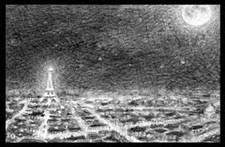
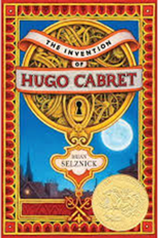
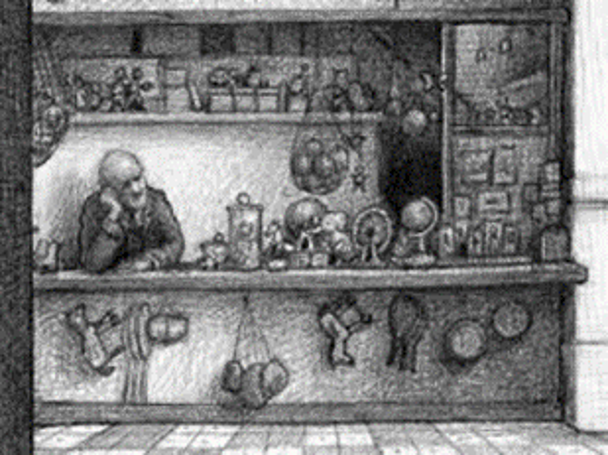

 RSS Feed
RSS Feed